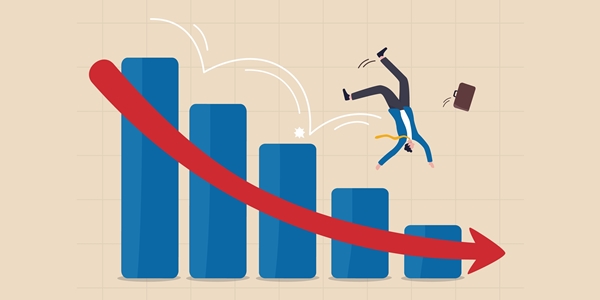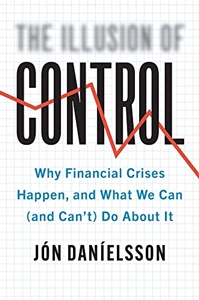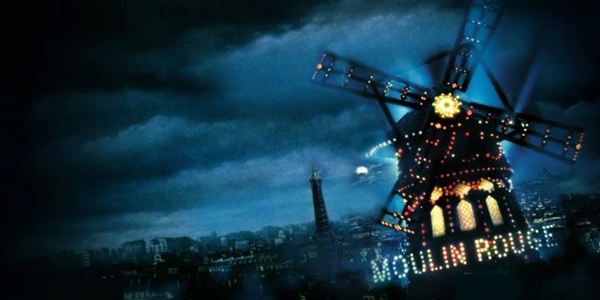In The Illusion of Control, systemic risk researcher Dr. Jón Daníelsson explains why financial crises happen — but with a twist. While many regulators and academics believe they can prevent the boom-and-bust cycle once and for all, Daníelsson says that’s impossible.
Why? Because people are too good at creating new financial shenanigans.
“The financial system, in my view, is the most complex of all human constructs,” Daníelsson told b. from his native Iceland. “Because the system is so complex, [you] can’t look everywhere [for problems]. So I think the problem of crisis will never be solved.”
Bad Trends Inspire Worse Trends
Like the arcade game whack-a-mole, addressing one financial problem only causes another to pop up somewhere else where you aren’t paying attention, Daníelsson says. Policymakers tend to fight the last war, as a fresh crisis begins forming in some overlooked corner of the market.
Meanwhile, big institutions all grow more risk-averse at once — but paradoxically, this sets the stage for the next crisis because now everybody is thinking the same way. Daníelsson likens it to “lemmings running off a cliff,” which creates “a shock-amplifying system.”
The Key Is Resilience
Daníelsson isn’t all doom and gloom. The financial system inevitably creates problems, but it’s also “designed as a natural shock absorber,” he says.
Whenever a crisis occurs, unconventional thinkers such as Warren Buffett provide stability by scooping up businesses on the cheap. Daníelsson recommends that governments should encourage diversity in the types of business models that make up the financial system.
“If we can work with the natural shock-absorption abilities of the financial system, we make it more resilient,” Daníelsson says, “so that crises become less frequent, and when they happen, they are more mild.”
The Illusion of Control is available now.







